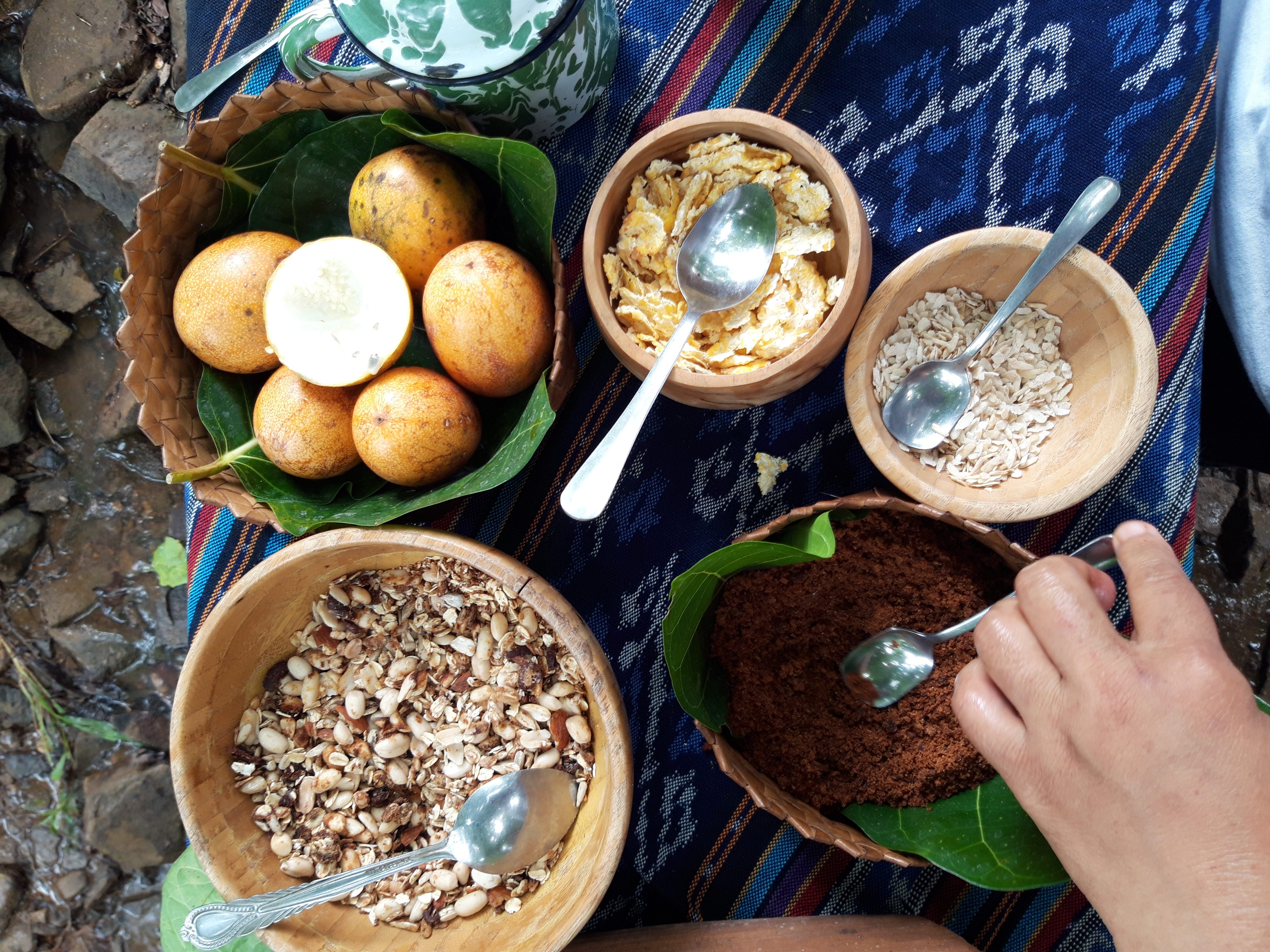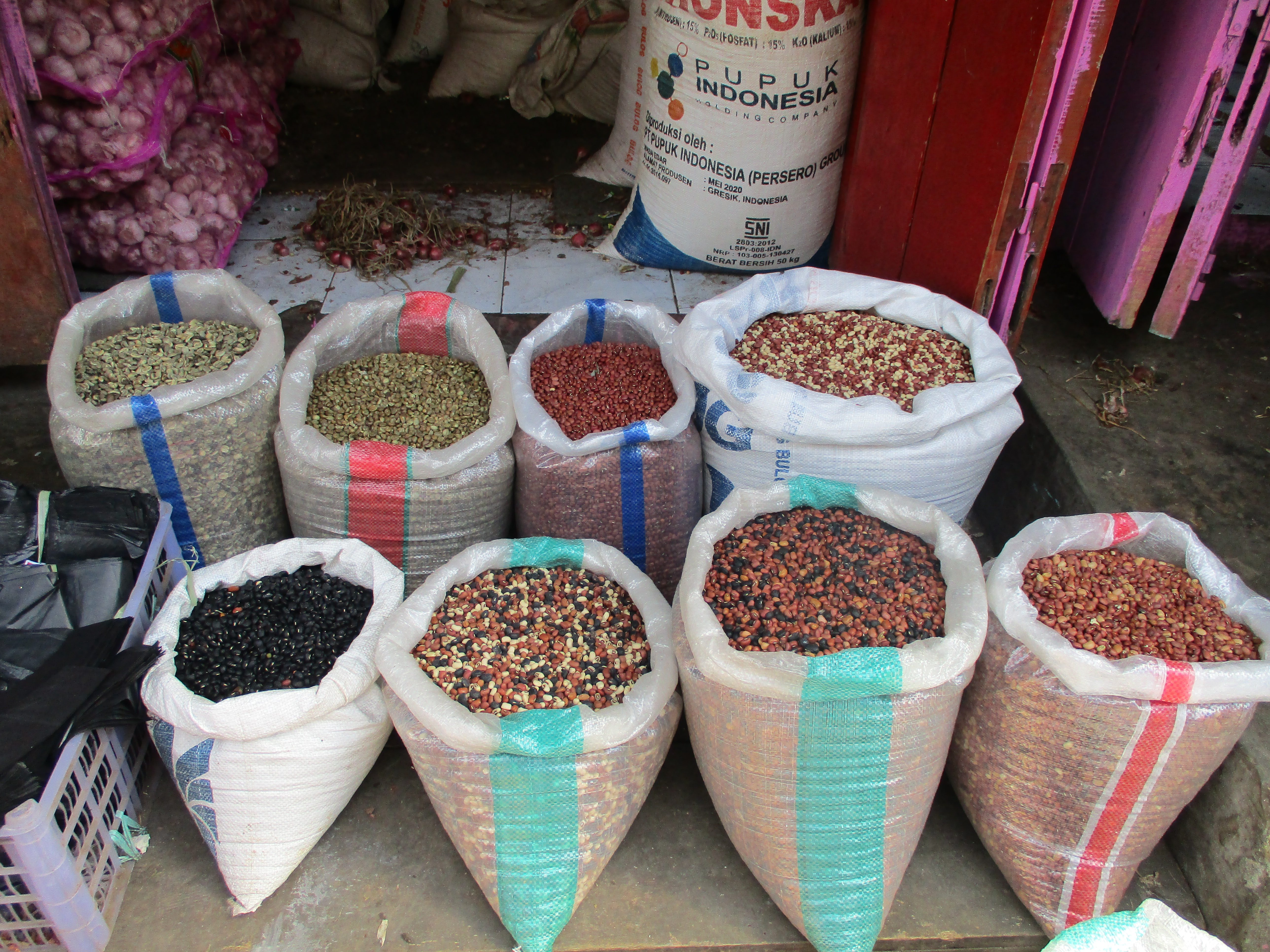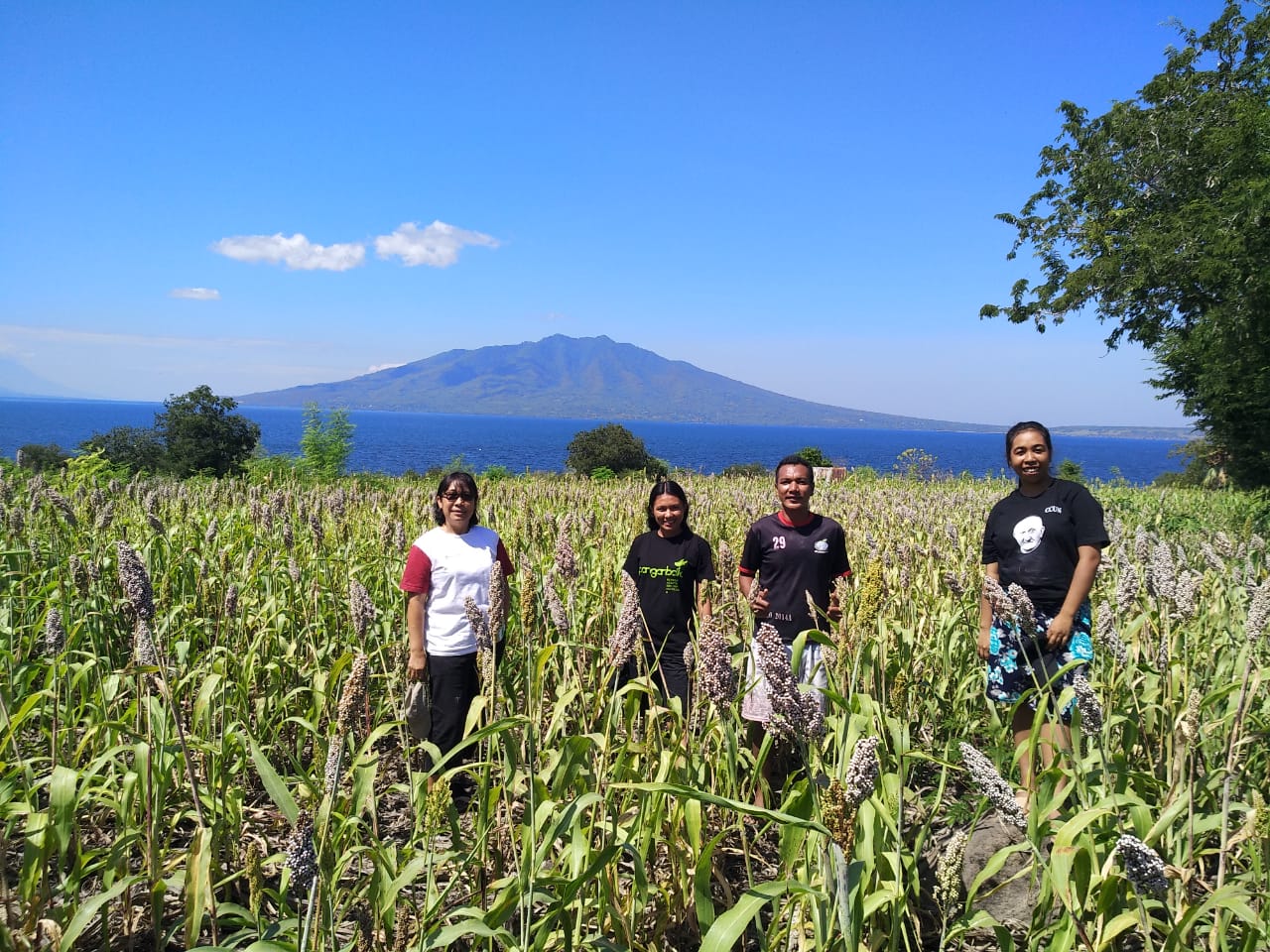Enhancing food sovereignty through local food diversity

-
Date:
13 Jan 2023 -
Author:
KEHATI
The theme of World Food Day in 2022 suggests that there is still widespread food insecurity. The Covid-19 pandemic, climate change, international conflicts, and growing pricing are all factors contributing to this susceptibility. According to the Coordinating Ministry for Economic Affairs of Indonesia, diversifying local food is one method for ensuring food security in the face of ongoing global issues.
The Agricultural Ecosystem Program Manager of the KEHATI Foundation Renata Puji Sumedi Hanggarawati said, “Diversity is the answer to local food needs in the future. Efforts to return to local food sources must be increased. The diversity of Indonesian food sources is the answer to the problems of hunger, malnutrition, and even climate change.
Indonesia has a very high level of diversity. Indonesia has 77 different types of food crops that are sources of carbohydrates, 75 different types of food crops that are sources of oil or fat, 26 different types of nuts, 389 different types of fruits, 228 different types of vegetables, and 110 different types of spices and seasonings. These data come from the Food Security Agency. The diversity of food sources is the highest in the world after Brazil.
However, this fact does not necessarily make Indonesia have qualified food security. Indonesia’s food security was rated poorly by The Economist magazine in 2014 compared to Singapore and other Southeast Asian nations. The rating was based on three factors: consumer purchasing power, food availability, food quality, and food safety.

In 2019, the average household consumption of rice in Indonesia was 94.9 kg/capita/year. Indonesia needs aproximately 2.5 million tons of rice per month to meet the needs of nearly 270 million people (Food Security Council, 2020).
Paddy field program continues to fail to meet the needs of the growing Indonesian population. This resembles the reality of Malthus’ theory that population is increasing exponentially while food production tends to increase arithmetically.
Faced with these facts, Indonesia needs a transformation of national food system, starting with the demand side. Indonesians need new consumption habits of staple foods, not only rice but also other local foods.
Local Source of Carbohydrates
When it comes to carbohydrate sources, not just rice, Indonesia has many grains, such as barley and sorghum. In addition, most regions have tubers such as sweet potatoes and taro. Papua, which was hit by a catastrophic malnutrition in 2018, has an extremely rich source of tubers. A total of 224 varieties of sweet potato were found in the Baliem and Wissel valleys, while 60 were recorded in Anggi (Schneider et al., 1993 in Suhendra et al., 2014). Papua is also rich in taro. The LIPI screening found 20 potential varieties of taro.

Taro is an important genetic material as it is a tuber that is native to Indonesia and has been tested and proven to be well adapted. In fact, the world’s first domestication of taro was probably carried out by the ancestors of the Papuans, as shown by traces of land clearing in Baliem 7,000-6,000 years ago. The lower parts of the main valleys in the Baliem highlands have been cleared and planted with taro and bananas (Suhendra et al, 2014).
Indonesia is also well known of having banana diversity. There are 66 types of bananas (Musa) in the world, 12 of them are in Indonesia (Nasution & Yamada 2001 in Suhendra et al, 2014). There are at least 15 wild varieties of Musa acuminata scattered from Aceh to Papua (Nasution 1991 in Suhendra et al, 2014). Another excellent source of carbohydrates from fruit is breadfruit (Artocarpus altilis).
Meanwhile, carbohydrates from plant stems are found in sago which in the past actually spread from Papua to Aceh. Long before rice (oryza sativa) was a common dietary source, sago was. In Javanese language, rice means sources of carbohydrates, so it’s not only oryza sativa but also corn and casava. The use of the Javanese word “sega” for rice (sources of carbohydrates) is an indication of how important these plants are as a source of food. For example, to call rice made from oryza sativa (beras), Javanese would say sega beras, rice made from corn (jagung) would be called sega jagung, and rice made from dried cassava (tiwul) would be called sega tiwul.
“In order to implement the food legislation, the government needs to utilize a national food vision that fits the diversity and demands of local food, which organically adapts to the local environment and becomes a source of food for its people,” said Puji.
